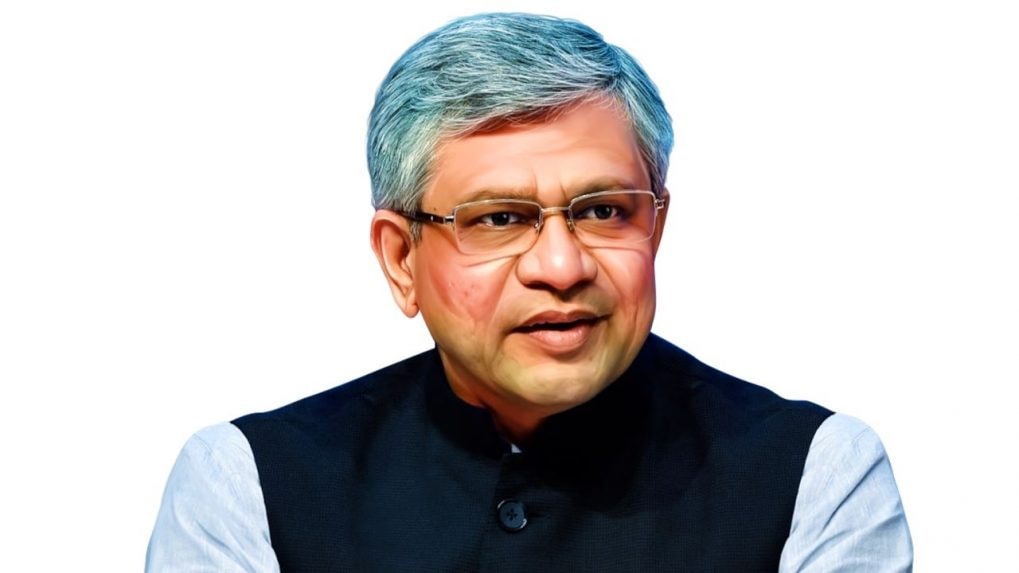Ministry of I&B blocked over 1,400 URLs to combat fake news during Operation Sindoor, Vaishnaw tells Parliament
As part of a comprehensive counter-disinformation drive, the government acted against propaganda networks and issued advisories to media platforms.
ADVERTISEMENT
The Ministry of Information and Broadcasting (MIB) blocked more than 1,400 URLs during Operation Sindoor in a concerted effort to counter the spread of fake news, misinformation, and hostile propaganda, Union Minister for Electronics & IT, Railways and I&B, Ashwini Vaishnaw informed the Lok Sabha on July 30.
The move was part of a broader digital and media surveillance strategy to protect national security during a sensitive military operation and amid heightened information warfare, particularly from sources based outside India.
In response to a starred question by MP Tejasvi Surya, Vaishnaw outlined the Centre’s multi-pronged approach to tackling disinformation linked to Operation Sindoor and the Pahalgam terror attack.
These measures included blocking websites, social media accounts, and individual posts under Section 69A of the Information Technology Act, 2000, in the interest of sovereignty, national defence, and public order.
The blocked content reportedly included false, misleading, anti-India narratives, communally sensitive posts, and inciteful material targeting the Indian Armed Forces, much of it traced back to Pakistan-based digital handles.
"Under the Section 69A of the Information Technology Act 2000, Government issued necessary orders to block websites, social media handles and posts in the interest of sovereignty and integrity of India, defence of India, security of the State, and public order," it was shared during the Lok Sabha session.
To ensure effective and credible information dissemination, the government also conducted regular media briefings, sharing operational updates and satellite imagery to counter false narratives. A centralised 24x7 control room was established during the operation, enabling real-time coordination between the Indian Army, Navy, Air Force, Press Information Bureau (PIB), and various media units.
At the core of the disinformation response was the PIB’s Fact Check Unit, which monitored digital platforms round the clock. It actively debunked edited visuals, manipulated narratives, and propaganda campaigns aimed at undermining India’s security apparatus. These fact-checks were promptly shared with intermediaries and social media platforms for corrective action.
Additionally, the MIB issued an advisory on April 26, 2025, urging all media outlets to refrain from broadcasting live coverage of defence operations and troop movements. This advisory aimed to prevent operational leaks and to safeguard the lives of security personnel.
Read more: UP Police suspends 40 social media accounts for spreading fake news
The government’s firm response reflected a shift toward proactive information governance, especially during national security crises, as digital misinformation continues to evolve as a potent threat.

